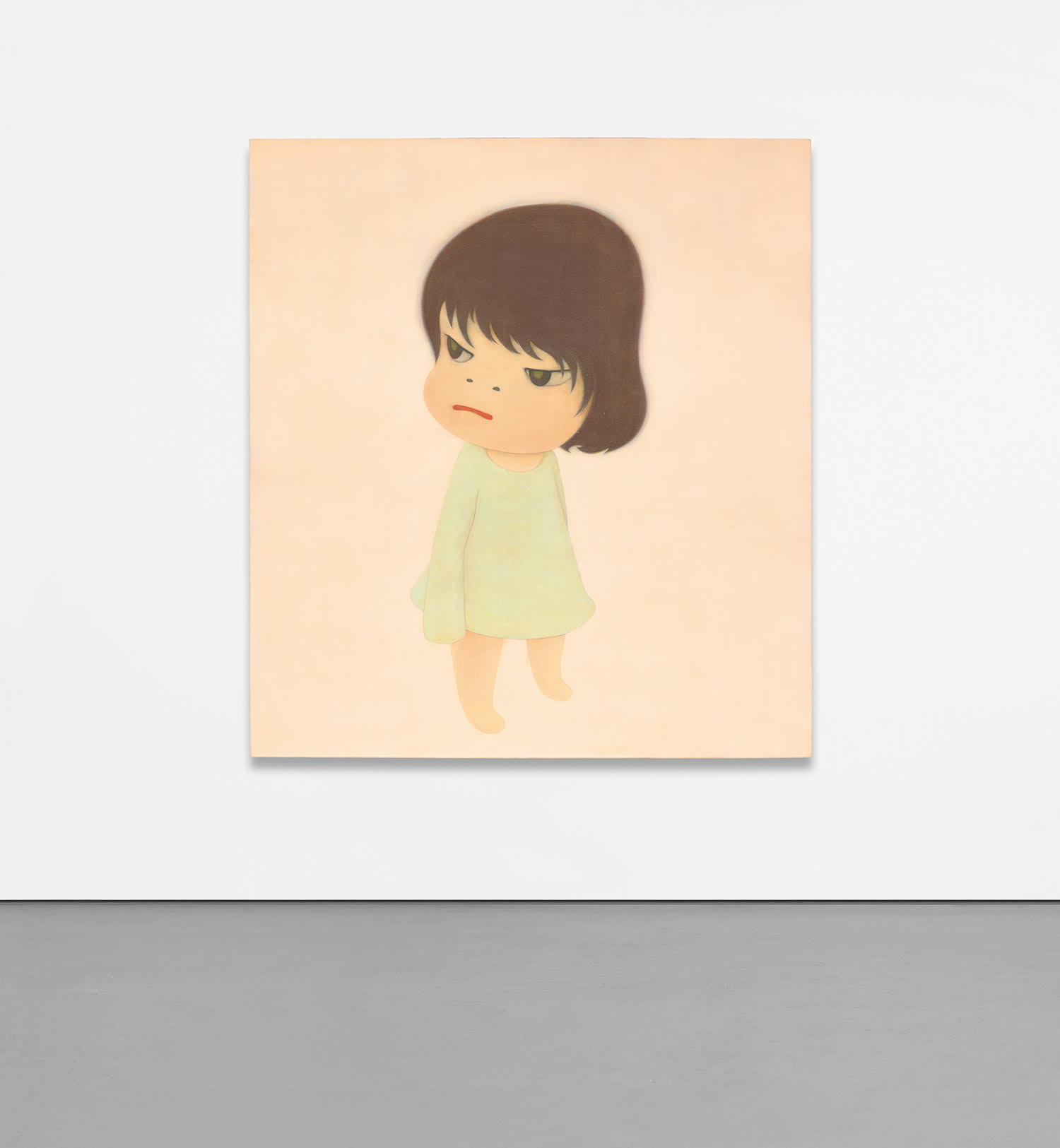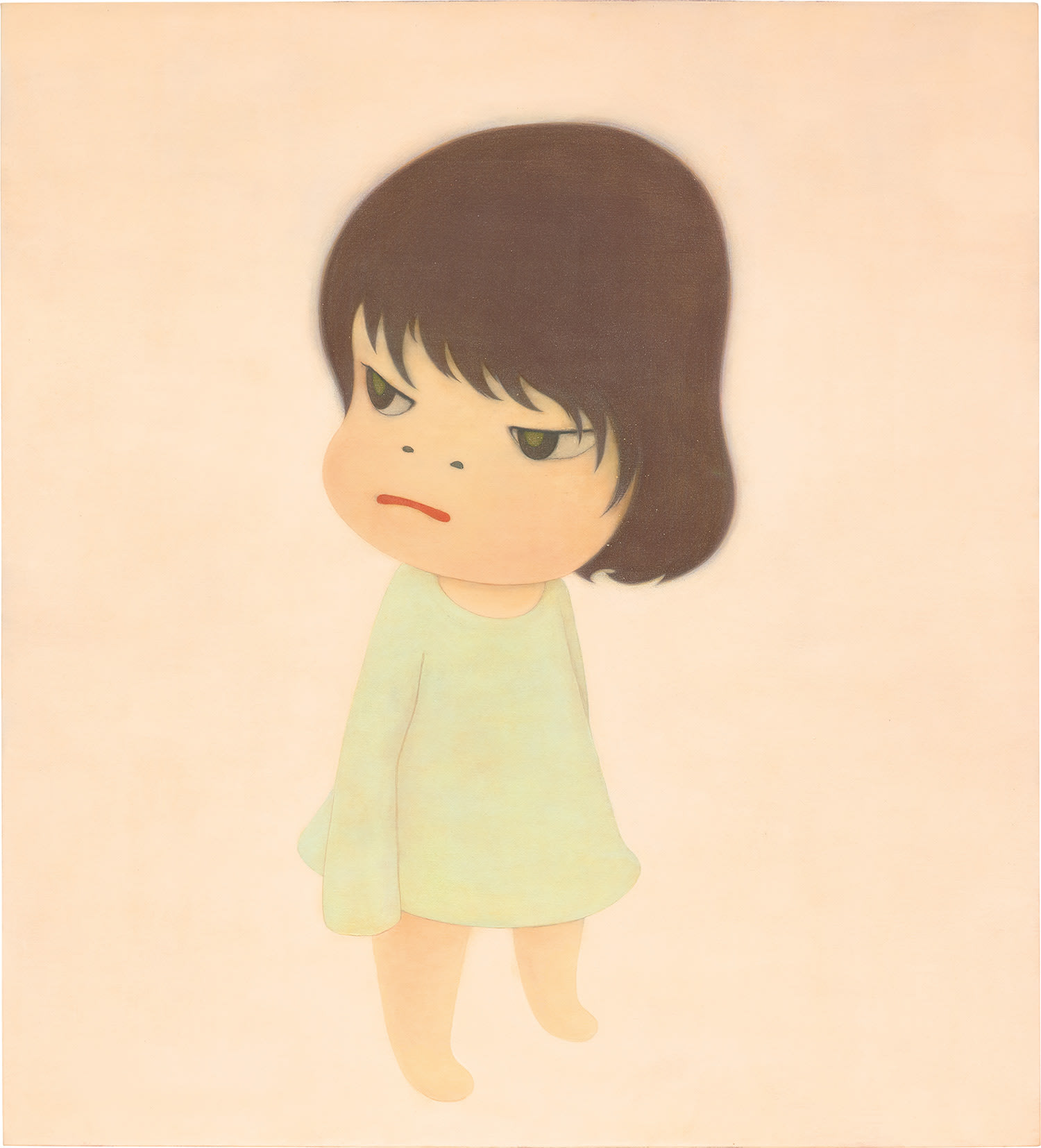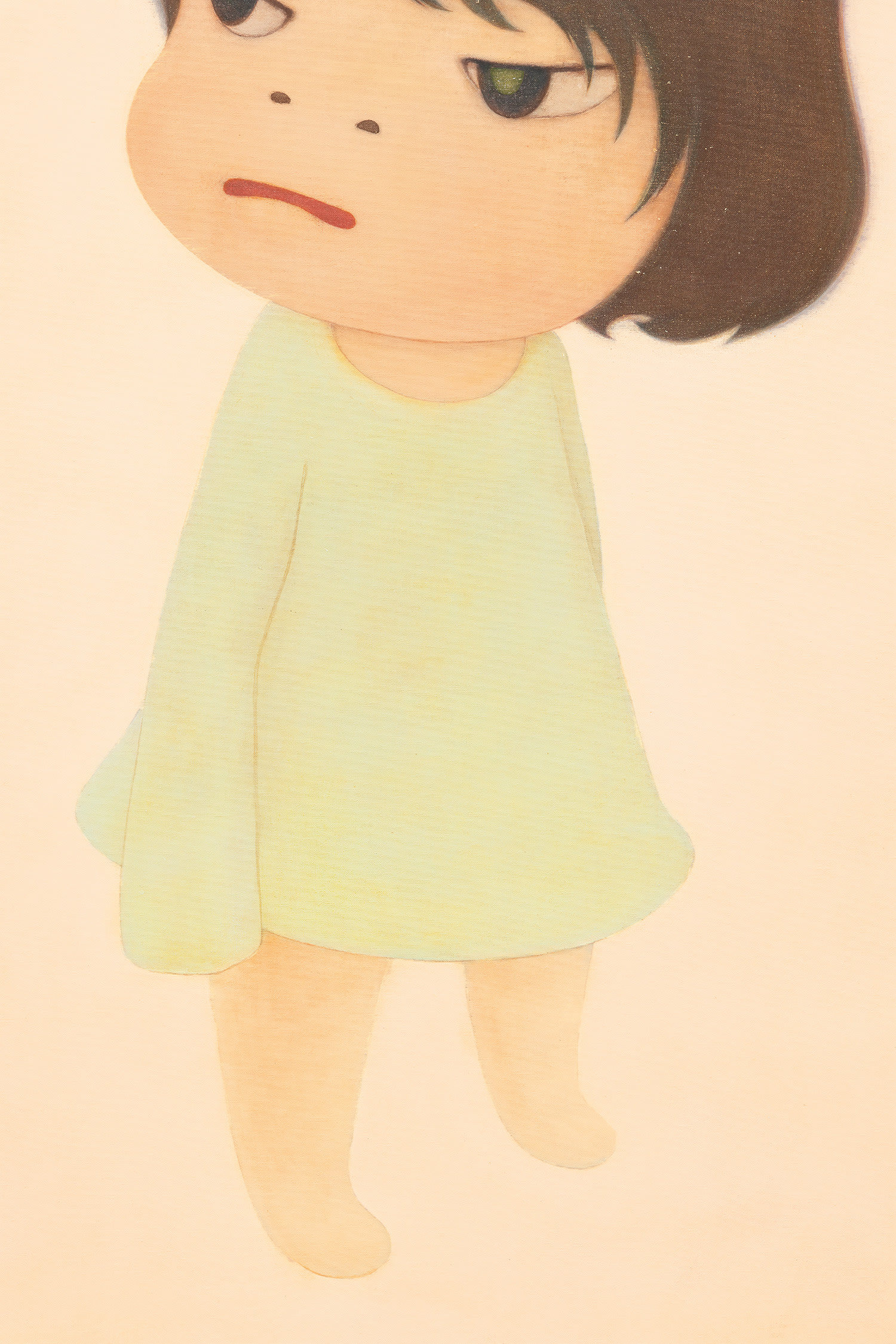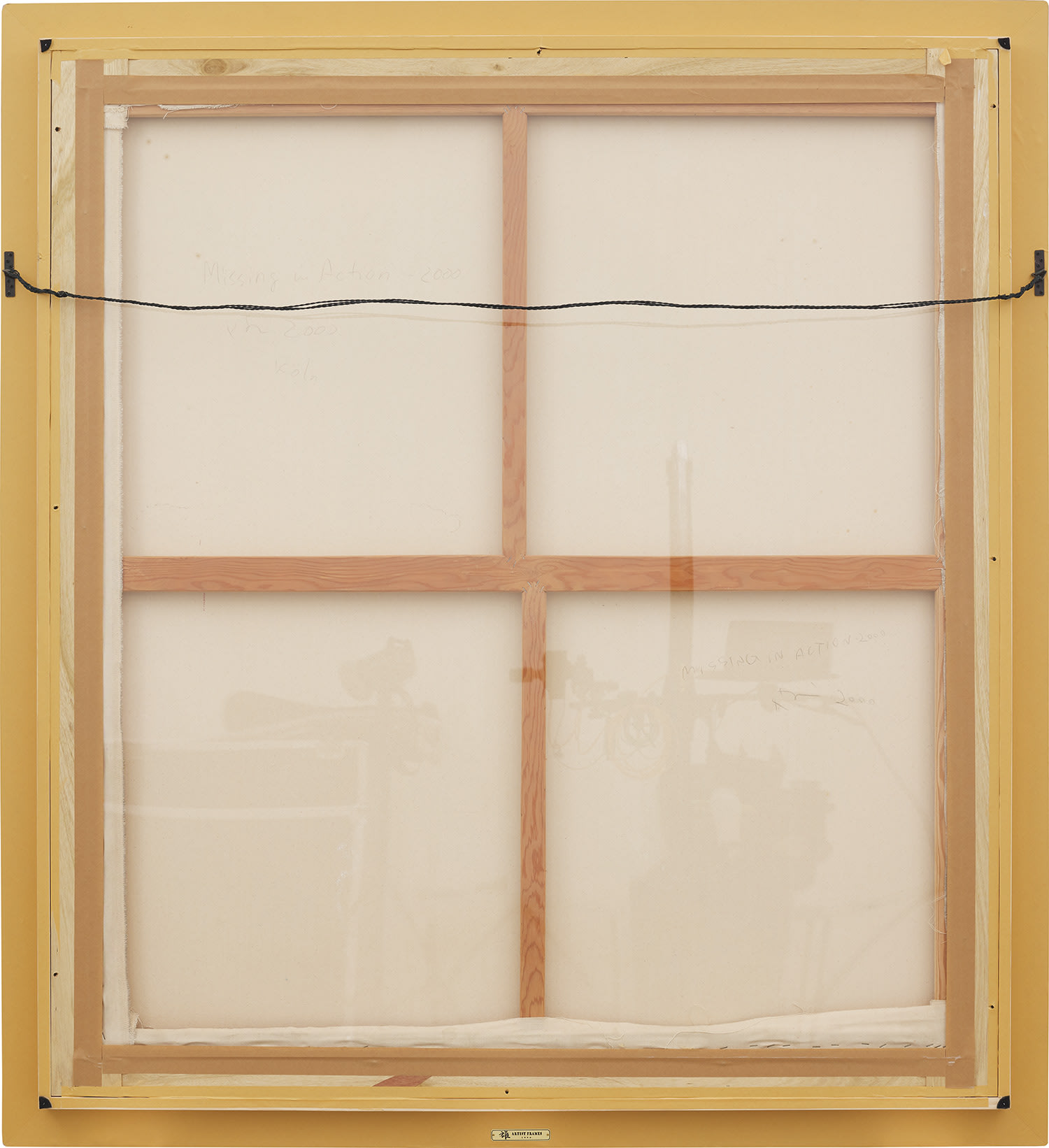











Property from a Distinguished Asian Collection
17✱
Yoshitomo Nara
Missing in Action
signed, titled, inscribed and dated '"Missing in Action" 2000 Nara [in Japanese] 2000 Köln "MISSING IN ACTION" 2000 Nara [in Japanese] 2000' on the reverse
acrylic on canvas
165 x 150 cm. (64 7/8 x 59 in.)
Painted in 2000.